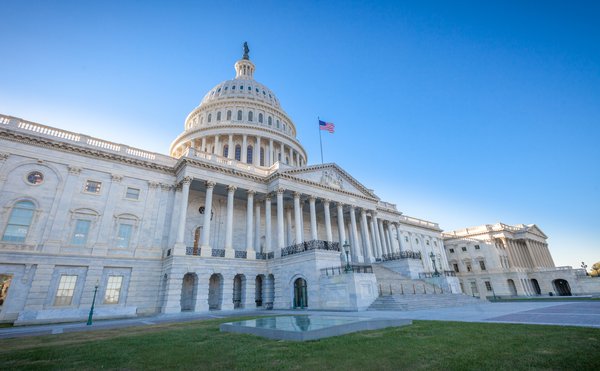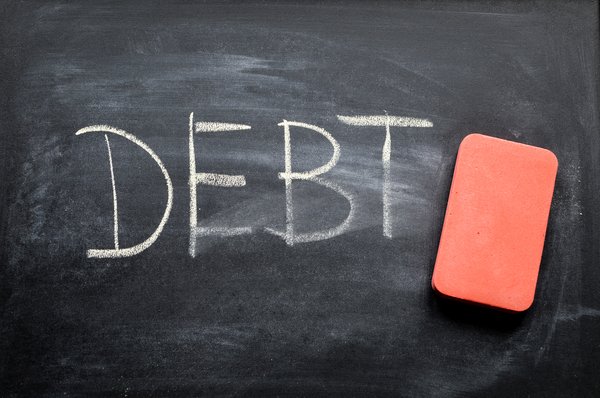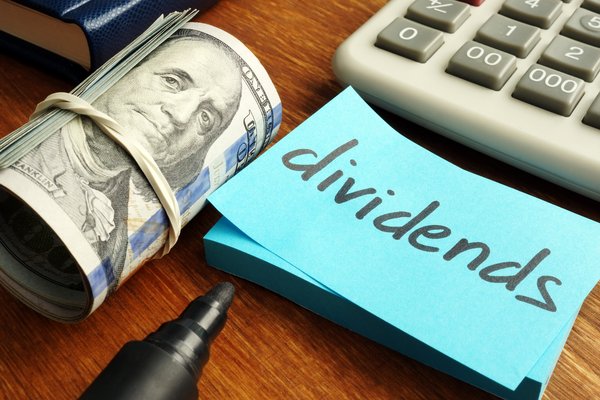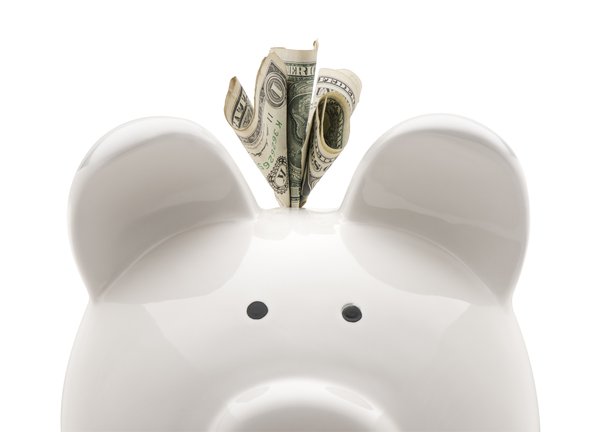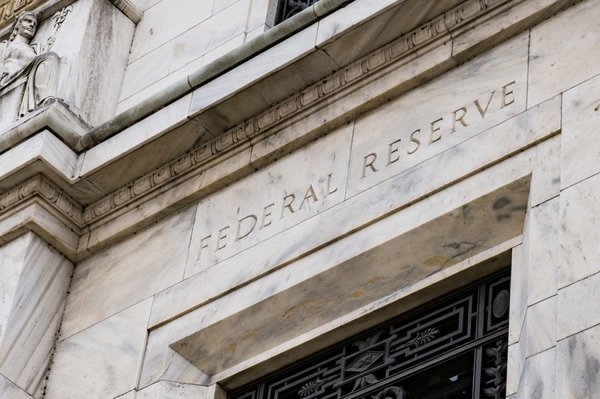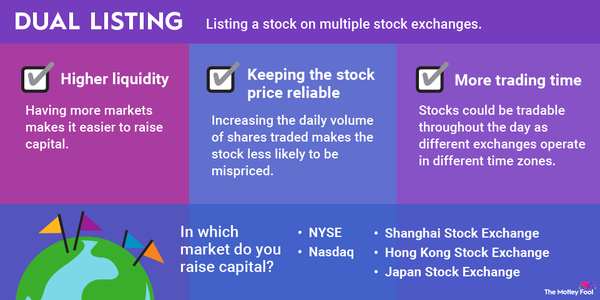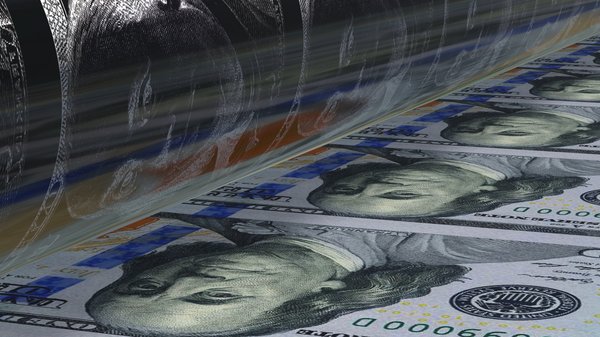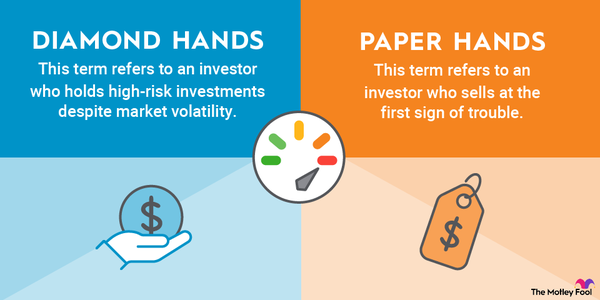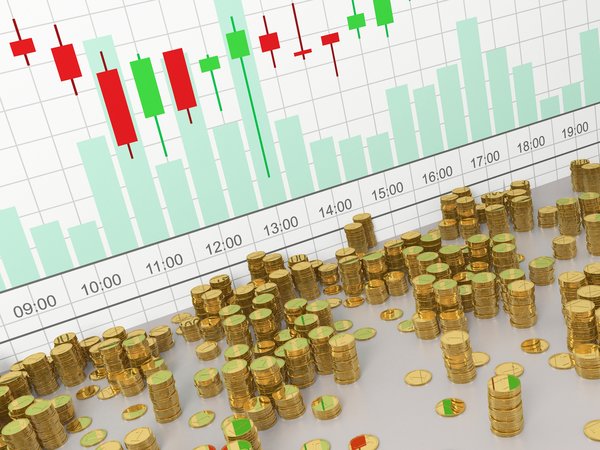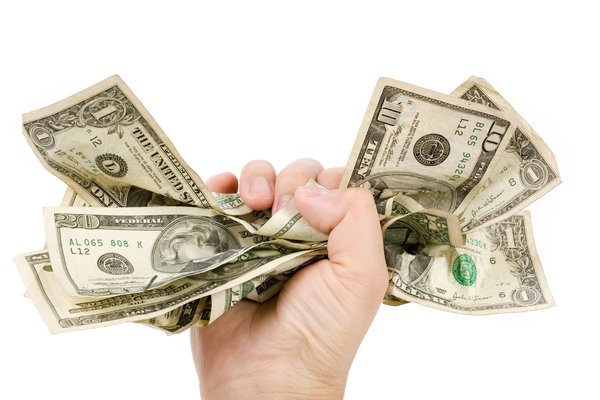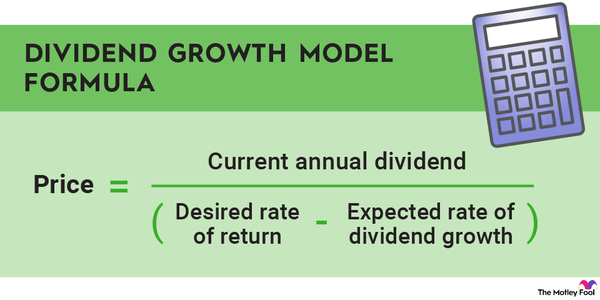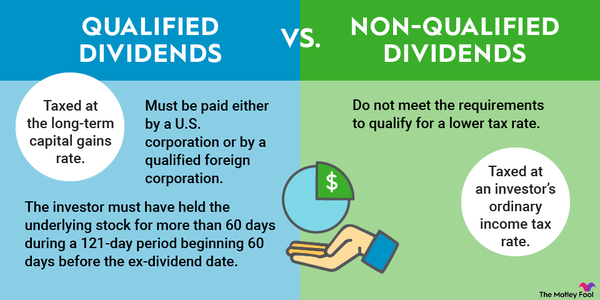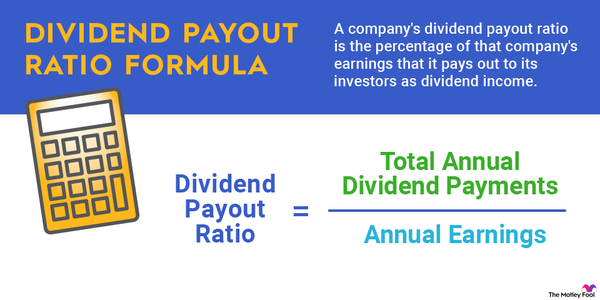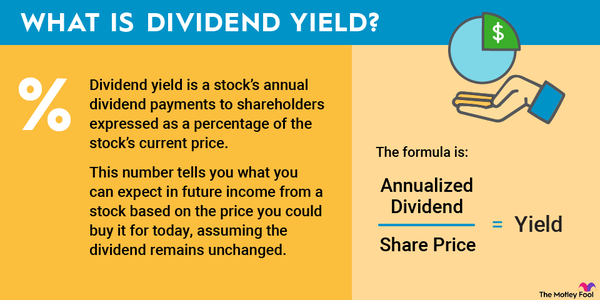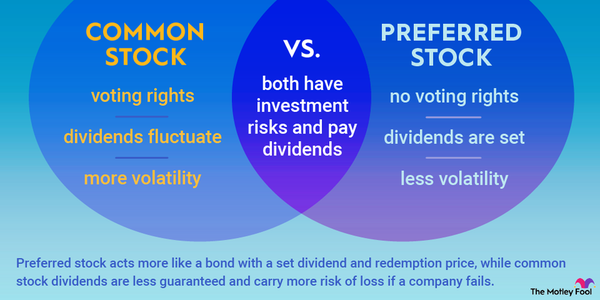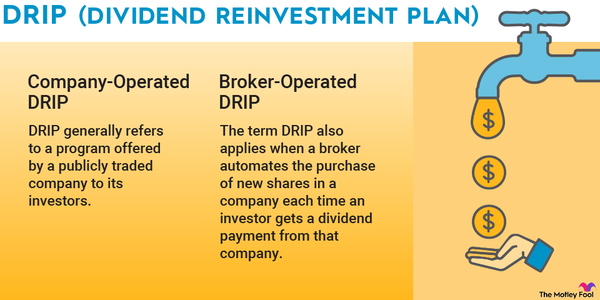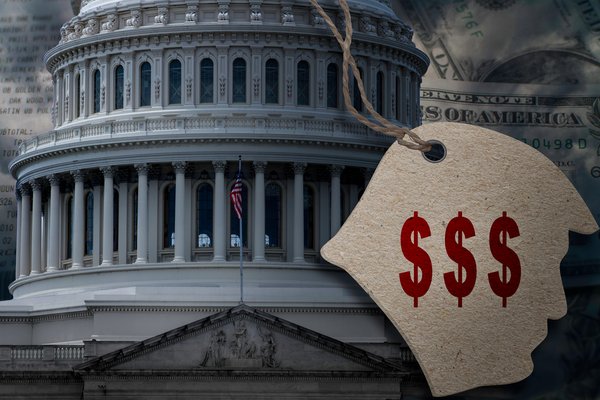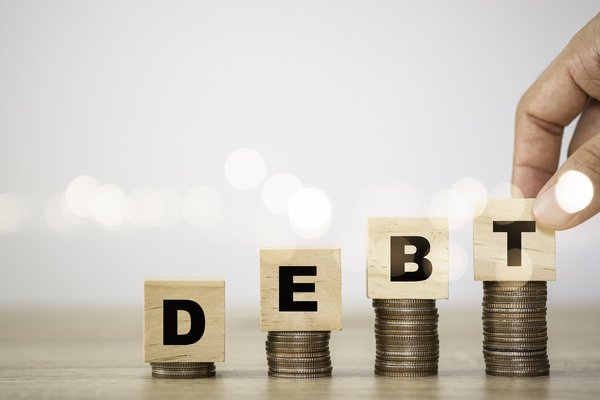A demand deposit is money you deposit into a bank account that you can withdraw at any time. In this article, we’ll define demand deposits, explain how they work, and give some common examples of demand deposit accounts.
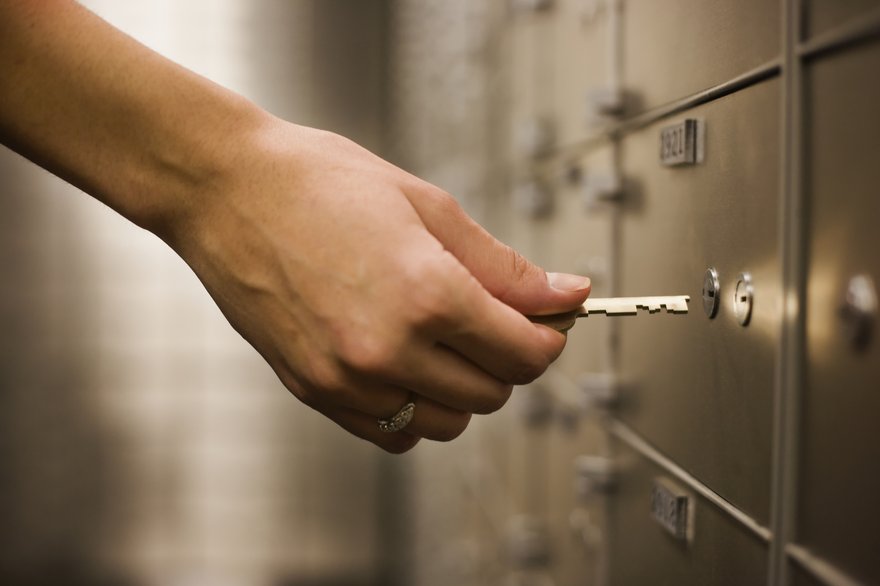
What is a demand deposit?
What is a demand deposit?
If you have an account at a bank or credit union, you’ve probably made a demand deposit. A demand deposit is money deposited into an account at a financial institution that you can withdraw at any time. (Technically, the institution can require six or fewer days’ notice, but few institutions impose this requirement.) A demand deposit account is the account that holds these funds.
Demand deposit accounts may pay interest, but because you can withdraw your money at any time, the rates are typically low. The advantage is that these accounts are highly liquid. The money is also safe. Demand deposit accounts at banks are covered by the Federal Deposit Insurance Corp. (FDIC) insurance for as much as $250,000 per depositor. If your account is at a federally insured credit union, you’re covered for the same amount by the National Credit Union Administration (NCUA).
The Federal Reserve Board lists the following characteristics of a demand deposit account:
- No maturity period (or a maturity period of fewer than seven days).
- Payable on demand (or with fewer than seven days’ notice).
- May be interest-bearing.
- No limit on the number of withdrawals or transfers the account holder can make.
- No eligibility requirements.
Some demand deposit accounts require a minimum balance to open an account, often between $25 and $100. Your financial institution may also charge monthly maintenance or service fees.
A demand deposit is different from a term deposit (sometimes referred to as a time deposit). With a term deposit, you have to wait a predetermined amount of time before you withdraw your money. A certificate of deposit (CD) is an example of a term deposit account. If you put your money in a three-month CD, you typically can’t withdraw your money before three months passes without paying a penalty.
FDIC
Ways to use a demand deposit account
Ways to use a demand deposit account
Although some demand deposit accounts pay a small amount of interest, the amount is probably well below the rate of inflation. The primary purpose of a demand deposit account isn’t to earn money, though. It’s to provide easy access to your money.
A demand deposit account is a good choice for the following:
- Money you need for daily expenses: A checking account is the best way to pay for daily expenses and monthly bills because you have many ways of accessing your funds, including a debit card, checks, ATMs, and in-person withdrawals.
- Emergency savings: It’s wise to store three to six months’ worth of expenses in an emergency fund that you can withdraw at any time without penalty.
- Short-term savings: If you’re saving money for a short-term goal, like a down payment or vacation, a demand deposit account is often a good choice. You typically don’t want to risk money you’ll need within the next couple of years to stock market volatility. And although you could earn more interest on a safe investment, like Series I savings bonds or CDs, you won’t be able to access your money at any time.
Bonds
Example
Example of a demand deposit account
Bank of America’s (BAC 0.35%) Advantage Plus checking account offers fairly typical terms for a demand deposit account at a major bank. The account charges a $12 monthly fee, but it offers several options for having the fee waived, such as having at least one qualifying direct deposit of $250 or maintaining a minimum daily balance of $1,500. The account offers a number of ways to withdraw funds, including a debit card, digital wallet, Zelle transfer, checks, ATMs, and in-person withdrawal.
In early 2023, a customer in west Florida could expect to earn a 0.01% annual percentage yield (APY), though the rate goes as high as 0.04%, depending on the account tier.



















